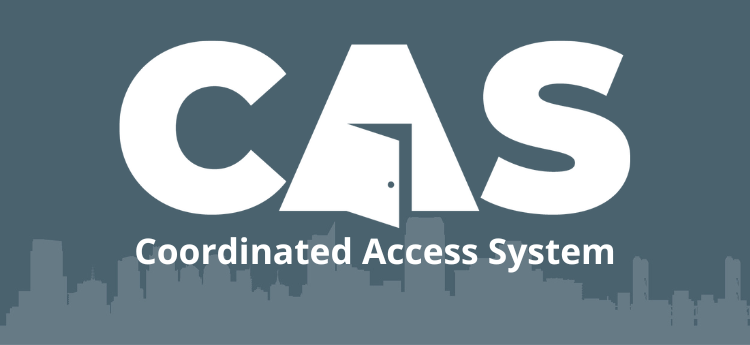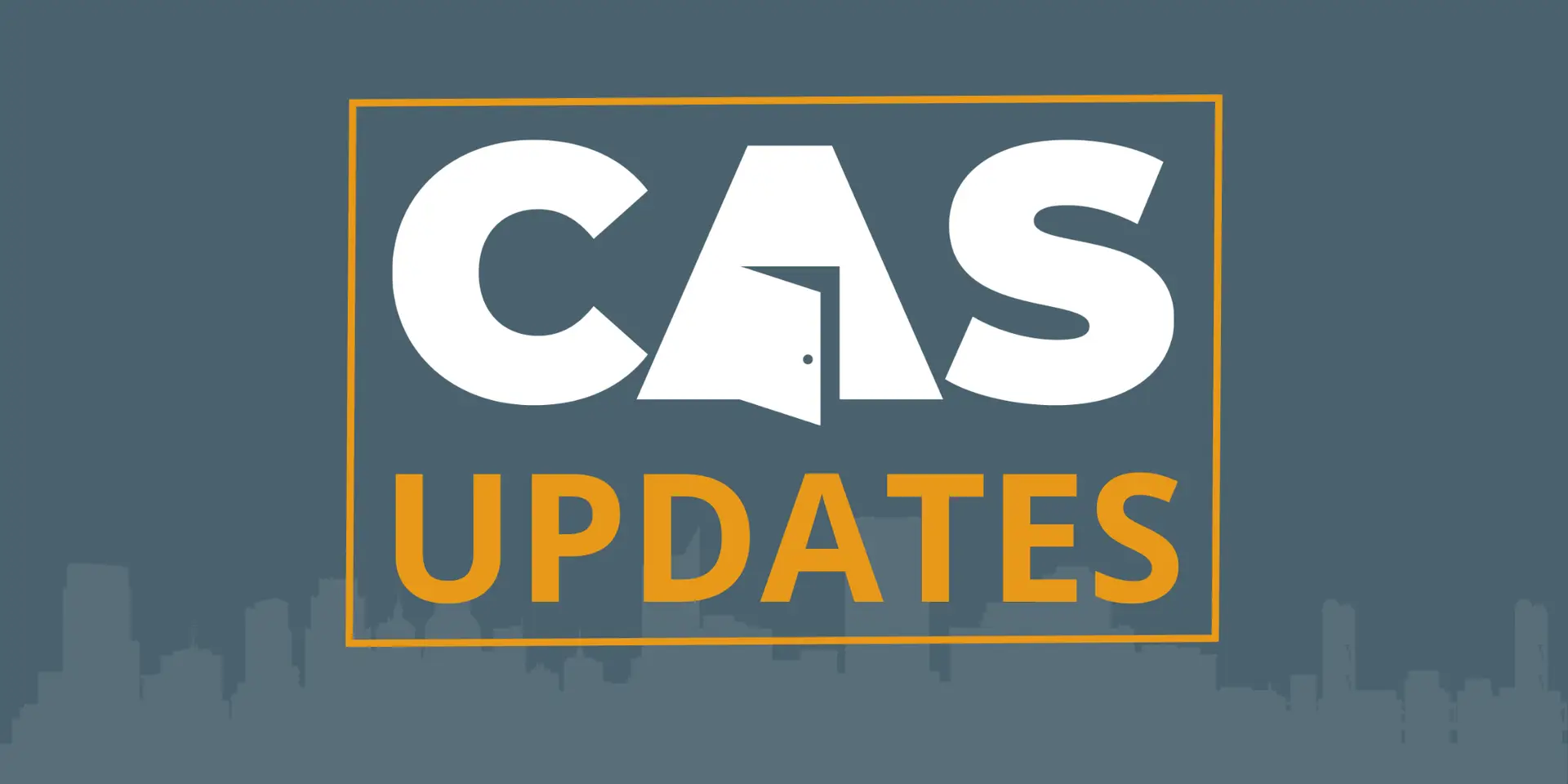
Article shared from Sacramento County, originally posted 07/06/2023. Find the original article here: https://www.saccounty.gov/news/latest-news/Pages/Coordinated-Access-Is-Eliminating-Barriers.aspx
As part of the Local Homeless Action Plan (LHAP) and in conjunction with the City-County Partnership Agreement, the Coordinated Access System (CAS) has been developed by Sacramento Steps Forward. The CAS is a streamlined system that matches people experiencing homelessness with housing and service options. This process prioritizes limited local shelter and housing resources, so people with the highest vulnerability can be connected to supports as quickly as possible.
In Sacramento, the front door for CAS is 2-1-1 Sacramento. Households can call the Housing Crisis Line at 2-1-1 (select #8) to be triaged to appropriate resources. In addition, trained agencies with Homeless Management Information System (HMIS) access can conduct the individual or family shelter assessment to place a household on the shelter waitlist.
Why is Coordinated Access Critical?
It’s an efficient, equitable, client-centered approach to ending homelessness.
- Key strategy of the Local Homeless Action Plan
- Requirement of the Sacramento City/County Partnership Agreement
- CAS connects people who are unhoused with critical resources and services
- CAS creates a pathway for people who are unhoused to navigate an end to their housing crisis
- Without system coordination, the community is limited in the impact we can make toward addressing homelessness
- The system empowers people who are unhoused and providers to have clarity and know the supports available
What resources are available through the CAS?
CAS is not just a shelter referral resource. People may also be connected to additional resources such as Problem-Solving Access Points (PSAP) and the Coordinated Access Navigational team (CAN). CAN is operated by Elica Health Centers and supports households on the shelter waitlist with problem-solving services and warm handoffs to the shelter. PSAPs are trained agencies that support households in identifying alternative housing options and community support to resolve their housing crisis. This could include mediation, conflict resolution, connections to mainstream resources, and limited financial assistance that directly results in housing being secured or retained. Four designated PSAPs receive referrals from 2-1-1 and can provide housing location services for households with vouchers or identified housing.
CAS by the Numbers – Q1 2023
- 5,711 Calls Received
- 3,975 Households connected to other resources
- 1,721 Households currently or at risk of homelessness
- 1,023 Referrals to crisis resources
- 322 Households enrolled in a shelter
- 504 Households exited or diverted from homelessness
- Nearly 50% of head of households are Black, African American
- 11% of callers were transitional-aged youth
- 56% of households were female identifying
- Average call wait time: 7:54
- Average call handle time: 11:40
- Most frequent zip codes: 95811, 95823, 95815
- Shelter referrals: 452
- Average wait to get into a shelter: 14 days
- PSAP Referrals: 175
- Expenditures: $550,515
- CAN referrals: 399
- Average wait to enrollment: 2 days
Read the full Q1 2023 Coordinated Access System Report.
To learn more about Coordinated Access System and the associated programs and services:
To learn more about what Sacramento County is doing to address homelessness, visit the Department of Homeless Services and Housing website.

